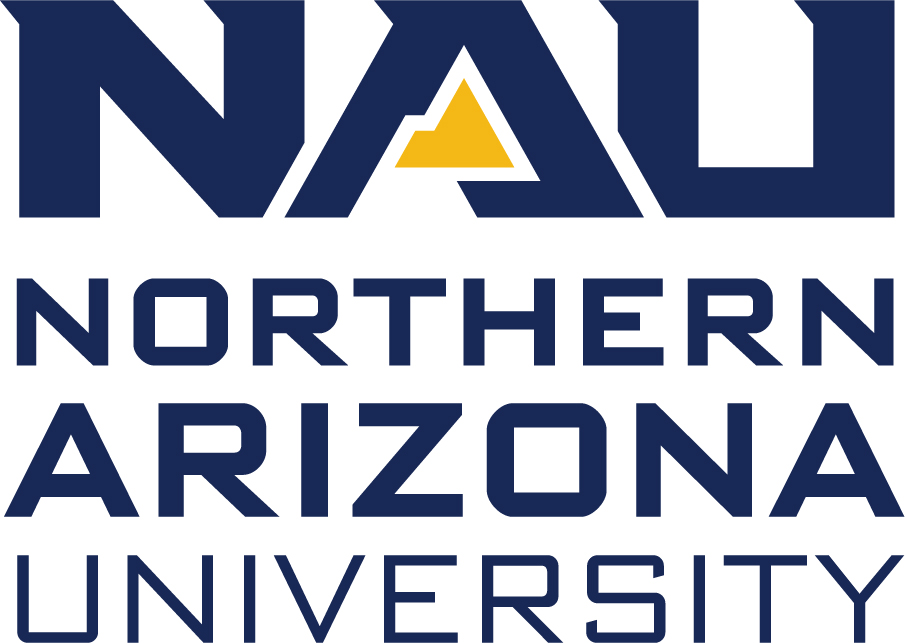For many Americans, having 24/7 access to fast, easy, affordable Internet connectivity is a ubiquitous part of daily life. Because Internet providers are not financially motivated to invest in the infrastructure required to provide access in remote, rural regions, however—especially for thousands of Indigenous people living on tribal lands in the United States and Canada—Internet connectivity there often is slow, unreliable, poor quality or even nonexistent.
As a result, these underserved populations are still on the wrong side of the so-called digital divide—missing out on a wide range of educational, cultural and economic opportunities widely available to the rest of the country.
Assistant professor of computer science Morgan Vigil-Hayes in Northern Arizona University’s School of Informatics, Computing, and Cyber Systems is working on a significant project aimed at bringing more reliable Internet access to some of these areas. Using her expertise in network analysis techniques, Vigil-Hayes is designing and implementing community-centric networked systems that can operate in resource-limited environments.
“The invisible ‘digital divide’ is persistent and acute,” Vigil-Hayes said. “Fewer than 15 percent of residents in tribal areas in the U.S. and Canada have access to fixed or mobile broadband. While the digital divide in these communities has existed since the introduction of telecommunications infrastructure, the consequences and rate of disenfranchisement increases as web technology becomes more advanced.”
Extending Internet connectivity to support education in Pueblo communities in New Mexico
Collaborating with a team recently awarded a $2 million grant from the National Science Foundation (NSF) Smart and Connected Communities Program, Vigil-Hayes is a co-principal investigator of the “PuebloConnect: Expanding Internet Access and Content Relevance in Tribal Communities” project, led by Elizabeth Belding at the University of California Santa Barbara (UCSB).
Along with Belding and co-PIs Marisa Duarte of Arizona State University and Ellen Zegura of the Georgia Institute of Technology, Vigil-Hayes is working with Pueblo communities in northern New Mexico to develop new platforms extending Internet connectivity and resources. The interdisciplinary team will address the dual goal of improving Internet access through innovative network architectures designed for underserved or technologically and economically marginalized communities, while also creating social structures to build local capacity for creating educational digital content on a regular basis.
“What’s really cool about this project is that we’re focusing on not just the technological issues identified as barriers to Internet access, but the issues related to building capacity for developing relevant content by and for these communities,” Vigil-Hayes said. “Many people who do not have consistent access to the Internet believe that it is not relevant to their lives or their communities, especially if their cultures are not well-reflected in mainstream content. By facilitating content creation that reflects these cultures, our team hopes to help these users feel like they’re represented and have control over their digital identity as a culture.”
The team will create a “smart middle mile” that serves as a technology platform for people to upload and share content seamlessly, even though the connectivity in their area may be limited. To ensure the success of the technical solutions, the team will engage community members in the planning, implementation and dissemination of their research. The team will partner with the Community Learning Network of Santa Fe and other nonprofit, Native-serving community organizations that are actively working to solve digital inequities.
Although this project addresses specific needs in targeted areas, the technologies developed as a result will serve as pilot programs for future solutions.
“Because Native American reservations share many geographical and population density characteristics with other rural regions, many aspects of our work will be applicable to extending the reach and usability of the Internet to other, non-Native communities within the U.S.,” Vigil-Hayes said.
Using augmented reality to develop a mobile health intervention
For another project targeting Native communities, Vigil-Hayes was awarded a $60,000 National Institutes of Health grant through the Southwest Health Equity Research Collaborative (SHERC) Pilot Project Program. This project is called “ARORA: Using Augmented Reality to Gamify a Universal Social Emotional Learning Intervention in Low-infrastructure Environments.”
Native American communities experience severe behavioral health inequities: there is limited access to behavioral health care resources; suicide is experienced 2.5 times more frequently than in other communities for people ages 15-24; and generations of historical trauma have resulted in higher rates of poverty, food insecurity, substance abuse and depression.
This project is a mobile health intervention that will incorporate mobile gaming, augmented reality, edge computing and social and emotional learning activities into a behavioral health intervention for Native American youth and adolescents.
As principal investigator for this project, Vigil-Hayes will lead this team and oversee all aspects of the project design, development, deployment, evaluation, analysis and publication. Giovanni Castillo, director of NAU’s Virtual Reality Learning Studio and lecturer in visual communication, and Ann Collier, clinical psychologist and NAU associate professor of psychology, are co-principal investigators on the project.
Social and emotional learning intervention delivered via mobile app
Because of the lack of robust telecommunications infrastructure in many communities, telehealth interventions that require high-speed, low-latency Internet access are not feasible, so the project team is developing a universal social and emotional learning intervention delivered over a mobile phone application.
“Given the promising health benefits of positive psychology-focused interventions for youth and adolescents, we will make the intervention age-relevant by using geosocial gaming mechanisms enhanced with augmented reality technology,” Vigil-Hayes said.
The team will form a community advisory board of Native American behavioral health care professionals and advocates who work with Native American youth and adolescents to ensure that the designs of the intervention and application are culturally relevant and appropriate. To make the intervention widely accessible to Native communities, the team also will design a novel network architecture that localizes telehealth services to the communities that use them.
